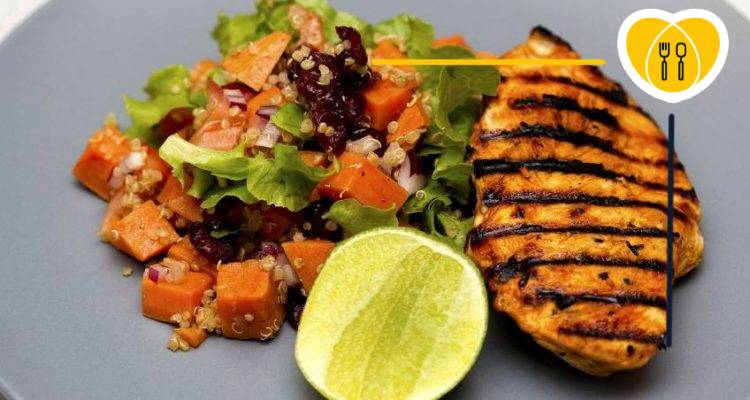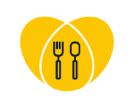
Food Combining Rules And The Science Behind It
Do you know when food combining started and if there is a science behind combining food optimally? Yes, you guessed it right, centuries back. But… What’s the science behind it?
Food combining is an art, and usually, it is done based on four classifications such as carbohydrates, vegetables, proteins, and fats. The rules and categories of the right way to combine different eatables are based on the digestive system’s different digestive speeds and time to break down, sort, and reprocess the food inside the body. Not yet; there’s more to it. Another standpoint is that different foods demand different enzymes to be broken down that work at individual pH levels in your gut.
What are the food combining rules?
Some of the common and significant food combining rules are listed below:
- If you want to add healthy fruit-eating habits, not bad, just try and eat fruits alone and don’t consume them after your meal for almost two to three hours.
- Don’t meld starch with acidic food; for instance, no tomatoes with parsnip.
- Refrain from combining different types of foods that have very high protein content in one single meal.
- If you’re a fan of dairy milk, abstain from combining it with anything else apart from vegetables.
- Proteins of animal origin should not be combined with starches at the same meal.
- No concentrated proteins with fats. When you combine these two categories, it harrows the activity of the gastric and stomach glands and impedes the discharging of the digestive and gastric fluids for meats, nuts, eggs, or other protein.
What food combinations are beneficial?
There are many to list, but let’s start with the two most common and beneficial combinations:
Vitamin C Rich Foods with Iron-Rich Foods
To begin with, there are two categories or types of iron. One that comes from plant-based food is known as non-heme iron, and another type is called heme iron which comes from meat. It is generally perceived that plant-based diets do not provide much iron to your body, and those consuming more plant-based food are predisposed to iron deficiencies. But it has been discovered that plant-based diets offer more fibre, magnesium, and vitamins like A, C, and E to the body and put in great iron content. Surely, you must be thinking about ready to eat vegan food delivery? (Oops! Ready to eat healthy food delivery!!)
On top of that, if you add vitamin C to your iron-rich food, you can amplify your body’s iron intake and absorption rate. So, don’t forget to add lemon squash, fresh sweet peppers, or cabbage to your high iron plant-based meals such as legumes, grains, veggies, and seeds.
Fat-Soluble Vitamins and Carotenoids with Fat
Fat-soluble vitamins such as A, D, E, and K and carotenoids need fat to be absorbed into the body. Foods such as apricots, asparagus, carrots, corn, guava, mangoes, peaches, pink grapefruit, pumpkin, watermelon are high in carotenoids; consuming it alone won’t help much to the healthier intake in the body.
This blog has been written by the Gaston team. Meet your lifestyle goals with your choice of food with Gaston. You can create your personal dietary profile in our online food delivery application and hand-pick your selection of ingredients, flavours, diet, allergy-free eatables, toppings and above all, your mood. With Gaston, make your food ordering experience fulfilling and worthwhile! Go Gaston! Learn more at gogaston.io


0 Comments